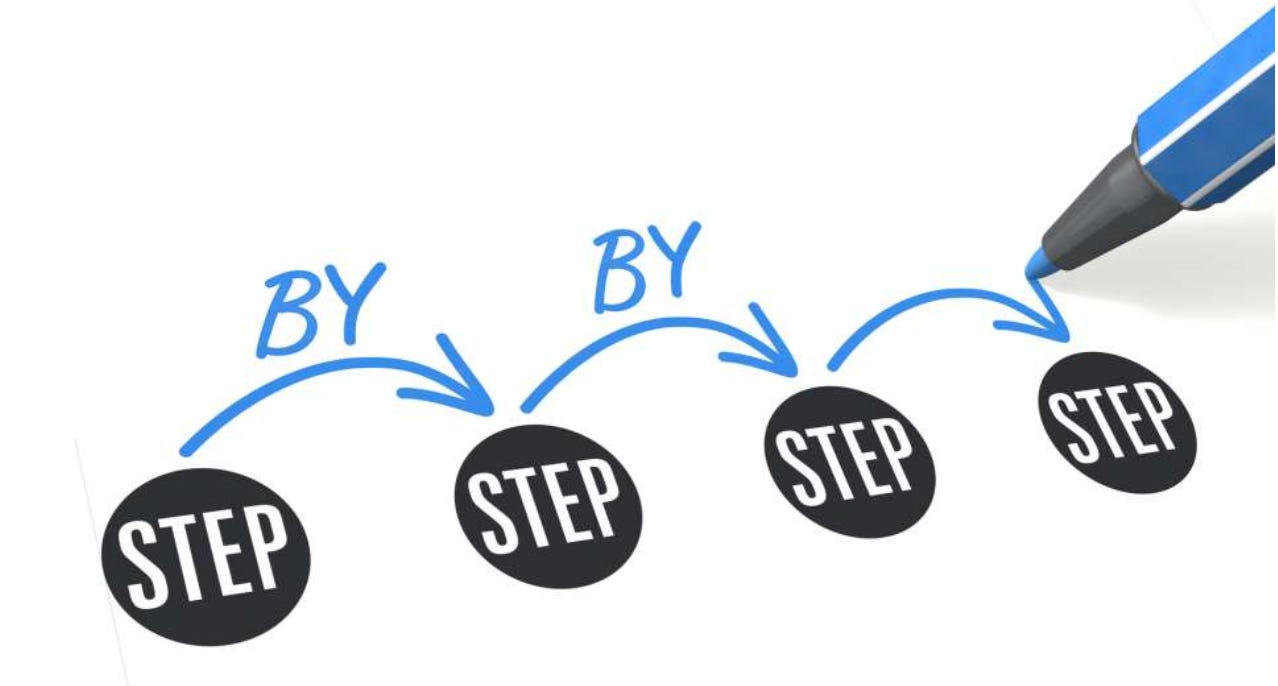Using 'Soft Commitments' in Your Recruiting Process
How to move your prospect forward, step by step - without them feeling like you're pressuring
College recruiting in today’s world is very much a ‘consultative sale’, with a long runway, multiple decision-makers usually involved, and high stakes for the athlete. Afterall, what you may offer them is why they’ve been working as hard as they have in their sport.
One of the most reliable ways we’ve seen to create steady momentum - without triggering defensiveness, especially in the first half of the process - is to engineer soft commitments into your strategy as a college coach: Small, low-risk “micro-yeses” that progressively align a prospect with your program as you continue to have a conversation with them. It’s a topic we’re also talking about on our most recent podcast episode here (but from a slightly different angle).
So, what’s the psychology behind why soft commitments work so well? And, what are the practical ways a coach can design them into their recruiting process? Once you understand the psychology, it’ll all start making sense
Why Soft Commitments Work (advanced psychology, translated for college coaches)
1) Commitment & Consistency
Research tells us that humans strive to behave consistently with what they’ve already said or done. When a recruit agrees to a small step (“I’ll complete your academic pre-read form by Friday”), their brain nudges them to act consistently with that choice later (“I’ll book the campus visit”). This is the classic Cialdini principle of commitment/consistency—small initial commitments increase the likelihood of larger, later commitments.
2) The ‘Foot-in-the-Door’ Effect
Decades of additional research show that saying yes to a small request raises the odds of saying yes to a bigger request later. For recruits, a micro-yes increases the chances they’ll accept things like a longer on-campus visit or complete the FAFSA earlier.
3) Goal-Gradient Motivation
People accelerate effort as they feel closer to a goal. Recruits who can “see” progress (e.g., 4 of 7 steps completed toward an offer or roster spot) are more likely to finish the next step. Defined early progress (e.g., “you’re already 2/7 steps in from your camp and transcript upload”) can boost momentum. That’s why you see so many examples of this in our adult world as we’re filling out a multi-page form online, where it marks our progress and encourages us to keep going.
4) Implementation Intentions (“if-then” plans)
When a recruit translates intention into a specific plan, such as “If Coach texts me Thursday, then I’ll send my updated highlight link after practice”, they more often follow-through with your process. Coaches should always be helping them make those if-then plans in their touchpoints.
5) Self-Determination Theory (autonomy, competence, relatedness)
Soft commitments work best when recruits feel autonomy (they choose each step), competence (steps are doable and show skill growth), and relatedness (they feel connected to your staff/team). Craft micro-yeses that feed those three needs. (Only click that link if you really want to dig deep into the psychological study of this as it relates to recruiting).
6) The Progress Principle (small wins)
Small, visible wins maintain motivation over long cycles. Celebrating each micro-yes (“hey I just got word that you talked with our athletic trainer - great job!”) keeps your prospect emotionally engaged through the inevitable waiting periods, and give them those small wins (another deep dive if you click that link) that motivate them to keep moving forward.
Designing Soft Commitments for Your Recruiting Funnel
Think of this whole process as levels. Each step should be (a) low-risk for the athlete, (b) valuable to you diagnostically, and (c) a bridge to the next step.
Level 1: Low-friction engagement
Quick poll (“Top 3 majors?”), asking either-or questions, or creative open-ended questions that get them to ramble and expand on a simple idea or fear are great examples of a Level 1 activity.Level 2: Moderate commitment
Upload their unofficial transcript, share HS/club coach contact, complete pre-read intake, book a 15-minute video Q&A with a current athlete.Level 3: High-signal actions
Schedule an unofficial visit, attend a positional Zoom chalk-talk, complete financial aid starter form, provide parent contact for a “parent Q&A” call.
Each level “earns the right” to ask for the next one and gives you clearer read-outs on real intent. (Commitment/consistency + progress principle in action.
6 Coach-Ready Ways to Measure Interest & Progression
Use these as a standardized approach across your staff. Pick 4–6 metrics that best match your sport and recruiting cycle:
1) Response Speed & Initiative
Metric: Median reply time (hours) to coach texts/emails over last 30 days, as well as the % of proactive touches/opens/clicks initiated by the recruit or his/her parent. Measure, measure, measure.
Why it matters: Faster, self-initiated contact reflects internalized commitment (consistency) and rising goal-gradient.
Benchmarks:
Green: <12 hrs median + ≥25% touches initiated by prospect/parent
Yellow: 12–36 hrs + 10–24%
Red: >36 hrs + <10%
Action: Move Greens to next-step ask within 48 hours; probe Yellows with a low-friction micro-yes; reset value for Reds.
2) Recruiting Step Completion Velocity (“Progress Pace”)
Metric: # of recruiting steps completed / # of days since first contact; time between steps.
Why it matters: Goal-gradient—momentum increases as the finish line feels closer; velocity is your early signal.
Benchmarks:
Green: ≥1 step/week sustained 4+ weeks
Yellow: 1 step per 2–3 weeks
Red: No step in 21+ days
Action: Create an “instant win” step to restart progress (e.g., 2-minute “Academics Fit” quiz); celebrate completion with the recruit (“small wins”).
3) Specificity & Future Orientation of Questions
Metric: Coded quality of inbound questions (0=generic; 1=program-specific; 2=future-oriented, e.g., “where would I slot in the depth chart after <name> graduates?”).
Keep reading with a 7-day free trial
Subscribe to Honey Badger Recruiting to keep reading this post and get 7 days of free access to the full post archives.

